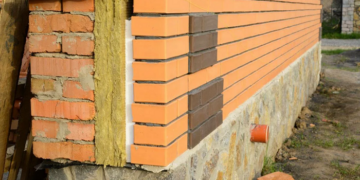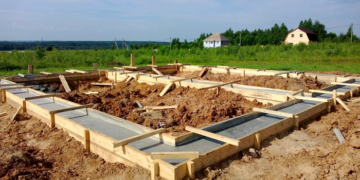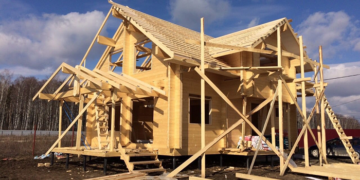In the northern part of the Urals, porch on poles were distributed. They were built open, only the walls of the upper platform were sheathed with tes or wooden plakhmiplastins. Such porch was placed on four, two, and even on the same pillar with one or two gatherings. The porch on one pillar was quite complicated in the manufacture, however, the most expressive. The porch on two or four pillars in the design was easier. The supporting pillars usually climbed to the top of the entrance platform into the house and were processed with volumetric cutting. The walls of the site were faced with a continuous or openwork gibberish. The decoration of such porches was reduced to decorating the hairstyles on the overhangs of the porch and carvings on the details of the fence. In two -story houses, usually in cities and factory villages, a porch was arranged, united with a balcony, serving a canopy above the entrance. Since the end of the last century, low porch on poles with one site and several steps have become the most common. Their decoration was reduced to the processing of columns, overhangs of coating and a pediment. The columns were given a square, round or multifaceted shape. The roof of the canopy formed a pitched or rounded shape, and a traditional thread was placed along the pediment and pussies along the overhangs. Often the porch was arranged without supporting pillars, and a canopy above it was supported by a pair of brackets released from the wall. Sometimes the contour of such brackets was very bizarre, and only in rare cases is it a simple straight timber, to which a booty gear was sewn. The front of the pediment was faced with openwork boards, the drawing of which was repeated on the edges of the overhang along the entire contour of the canopy. Sometimes on the pediment was placed an overhead outlet that concentrated all the attention. The porch without visors arranged inside the peasant courtyards under the roofs and canopies of houses and manor buildings. They were simple, without any decor and were sites raised above the ground by several steps and fenced with simple railing. In an effort to achieve the greatest artistic effect, the Ural masters often extended their techniques for decorations and to such purely utilitarian building forms as the ends of household buildings facing the street, gates, gates and fences. Until now, in ancient cities and villages, the Kamaa has preserved estates, where not only the facade of the house, but also the gates, gates, the fence are completely covered with original wooden lace – a puncture carvings with a geometric or plant ornament. Thus, the estate complex of buildings became an ensemble, unified not only in practical, but also in artistic terms.
© EHappyNews, 2017-2023. All Rights Reserved.







